How does plastic get into the food chain and how dangerous is it for us humans? If you're looking for clear answers to these questions, you've absolutely come to the right place.
It is light, flexible, heat resistant and cheap -. Plastic has many advantages! But unfortunately, the great demand for plastic has also ensured that its components are now everywhere - including in the sea and not least in our food. Marine animals in particular eat smaller plastic particles and pass on the toxins through the food chain. And that's why, for example, oysters, shrimps, squid, crabs, mussels and sardines that have been examined contain Detect plastic residues Is that dangerous?
In this article I would like to give you everything you need to know about plastic in the food chain and the so-called bioaccumulation of toxins. From the definition, causes, consequences and health hazards, to the solution of the problem. Let's go!
Here you can find a short overview in advance:
Definition: What is meant by bioaccumulation and biomagnification?
The processes of Bioaccumulation or the Biomagnification are unfortunately not visible and therefore all the more difficult to understand. Here I would like to briefly explain both terms to you, in order to develop a better feeling for the invisible danger of plastic in the food cycle.
Bioaccumulation
Bioaccumulation describes the Absorption or accumulation of substances (such as Plasticizer, colorants, flame retardants, pesticides or heavy metals) by a living organism from its environment. It can damage the receiving organism and under certain circumstances also lead to death in the short or long term.
While marine animals use substances such as Microplastics from the water through the skin, gills or food, we land-dwellers consume these pollutants mainly in the form of about our meals and drinking water.
Biomagnification
Biomagnification refers to the Transfer of ingested substances via the food chain and thus the continuation of bioaccumulation. If we eat a fish that has already eaten or accumulated plastic, these plastic particles are also passed on to us humans.
In this way, toxins like plastic can take a path through many creatures in a food chain until they reach the top of it. The higher a living being is in the food chain, the more pollutants, toxins and their degradation products ultimately enter the organism. The final links in the food chain are therefore also particularly at risk.
Causes: How does plastic get into the food chain?
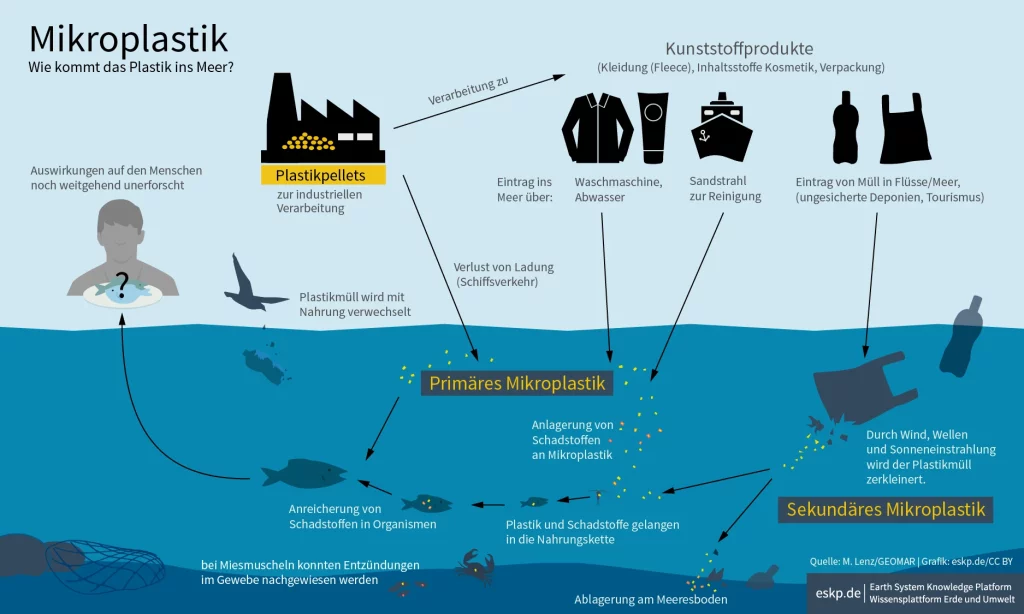
The fundamental cause of Plastic in the food chain is that Plastic not biodegradable and that larger plastic products can be only decompose into smaller microplastics over many decades or even centuries. The smaller the plastic particles are, the more likely they are to be eaten by animals (especially marine animals), which absorb the pollutants and are on the menu not only of animal predators, but also of many humans.
How the Microplastics into the sea arrived? There are many different reasons for this. Here I present them to you and divide them into two categories for a better overview.
Primary microplastic
Primary microplastics are small plastic pellets or tiny plastic fibers. It is, so to speak, the smallest, most original form of plastic and enters the oceans in the following ways, among others:
- Microplastics from synthetic clothing in washing machine. (via drain)
- Plastic components in cosmetics enter water bodies via runoff.
- Disposal of pollutants from industry into rivers or the sea.
- Loss of cargo with plastic pellets in shipping.
- Input from the cleaning of ships.
- …
Secondary microplastics
Secondary microplastics are small plastic particles that have been formed over the decades by sun, wind, friction and waves. from larger Plastic products in the environment decomposes have. These are the causes:
- Littering ("leaving" plastic waste) by people near bodies of water.
- Decomposition of old fishing nets and other, human plastic waste.
- Input of plastic waste through unsecured landfills or inadequate local waste disposal.
- Secondary microplastics are also produced by the abrasion of car tires, shoe soles or road markings and can enter the sea via rivers.
- …
What are the consequences of plastic in the food chain?
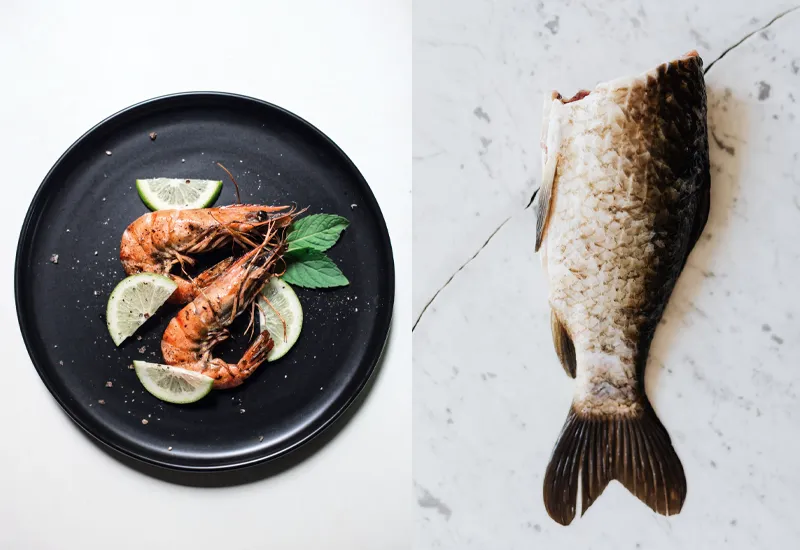
Of course, not every plastic particle that a living being ingests through its food remains in the food chain. Some organisms simply excrete the plastic again. However, others react to the plasticizers, flame retardants and other components of the plastic.
Logically, it becomes problematic, as soon as the poison has passed into the body cells of a living being. I would like to explain some of the main consequences that this circumstance has for animals and us humans.
Consequences for animals
- Disturbance of growth and reproduction: Some chemicals in plastic (e.g. phthalates and bisphenol A) can act as endocrine disruptors and affect the reproductive ability of animals.₂.
- Health problems: Toxic substances in plastic accumulate in the tissues of animals and can subsequently lead to mechanical disorders, serious inflammation and other health problems - even death.
- Species extinction: Of course, pollutants like microplastics in the food chain also exacerbate environmental problems like the species extinction and thus exert an influence on biodiversity. Also the man-made Overfishing of the seas is accelerated by the plastic particles.
- …
Consequences for us humans
How the microplastics in seafood, fish, sea salt or even mineral water (including as residues from plastic bottles) affect our own health is still largely unexplored.
However, the observed damage or changes in the metabolism of studied animals, which also affect their Life expectancy and reproduction the effects of these substances₃ are a cause for concern. The association of bisphenol A (BPA) or phthalates with health problems such as Cancer, hormonal disorders and developmental problems., is a cause for concern.₄
Solution: What to do about plastic in the food chain?
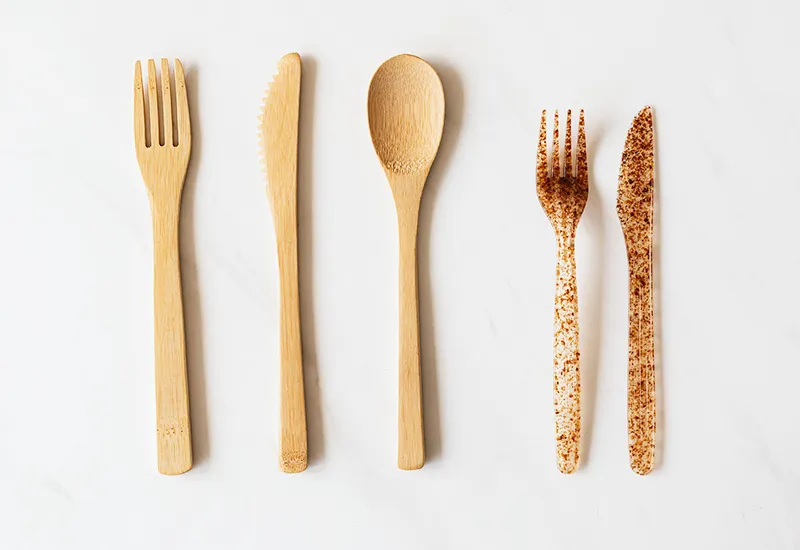
Once microplastics have entered an organism in the food cycle, it is already too late. Sooner or later, it ends up on someone's plate. That's why prevention is particularly important in order to Stop plastic in the food chain.
In the fight against plastic waste in the oceans and microplastic in food, I would now like to give you the following tips to help you make a real difference in your everyday life itself simply by following your heart.
Avoid microplastics
First of all, it is important to prevent microplastics from entering your household through the drains. Implement the following tips, among others, in order to Avoid microplastics:
- Use CodeCheck app: Microplastics have many names in the list of ingredients. With the App CodeCheck you can quickly see whether plastic is contained in the respective product by scanning the barcode.
- Prefer natural cosmetics: When it comes to toothpastes, shampoos, scrubs and other personal care products, consciously opt for natural and microplastic-free alternatives. They contain only ingredients that are all biodegradable.
- Wear natural clothes: From swim trunks that come in direct contact with water, to everyday clothing from which fibers come off in the washing machine - choose clothing made from natural fabrics over synthetic clothing whenever possible.
- Wash clothes in the wash bag: By putting synthetic clothes in a special washing bag in the washing machine, a large part of the loosened plastic fibers can be caught. The so-called Guppyfriend you get here*.
Avoid plastic waste in everyday life
Apart from the fact that you should not leave plastic waste in the environment but dispose of it properly, it is a good idea to specifically avoid plastic waste. Live plastic free, is so nice because it can be implemented immediately.
Here are some ideas on how you can bypass the creation of larger plastic products in this regard, minimizing the risk of plastic in the food chain:
- Reusable instead of disposable: Choose reusable everyday items over disposable products. For example, use a cloth bag for your groceries and avoid plastic bags - or enjoy your beverages through such glass straws*, instead of through a plastic straw.
- Drink tap water from reusable water bottles: Tap water is free of microplastics and much cheaper, as well as more climate and environmentally friendly, than mineral water packaged in plastic bottles. I drink it from this reusable stainless steel drinking bottle*. and just keep filling it up with tap water while I'm on the road.
- Cook fresh instead of eating convenience foods: Avoiding plastic is easier the more you cook fresh. It is very easy to buy loose fruit and vegetables without packaging - for example, at the supermarket or the weekly market.
Stop consumption of fish and other seafood products
We can prevent the creation of plastic waste in everyday life to a certain extent - however does this not make the garbage that is already floating around in the oceans disappear and contributes significantly to microplastics in the food chain.
So to exclude as much as possible that you ingest plastic residues, accumulated in a living being, you should question and stop your consumption of fish and other marine animals. Countless plant-based alternatives (from vegan salmon to vegan shrimps) make the changeover all the easier.
By refraining from eating seafood, you also reduce possible exposure to heavy metals. That Fish intelligent, sentient creatures and the oceans long overfished are just two of many other good reasons for doing so, not to eat fish anymore.
Tip: What else you can do against overfishing of the oceans I'll explain how you can do this in a separate, more detailed article.
Inform and support projects
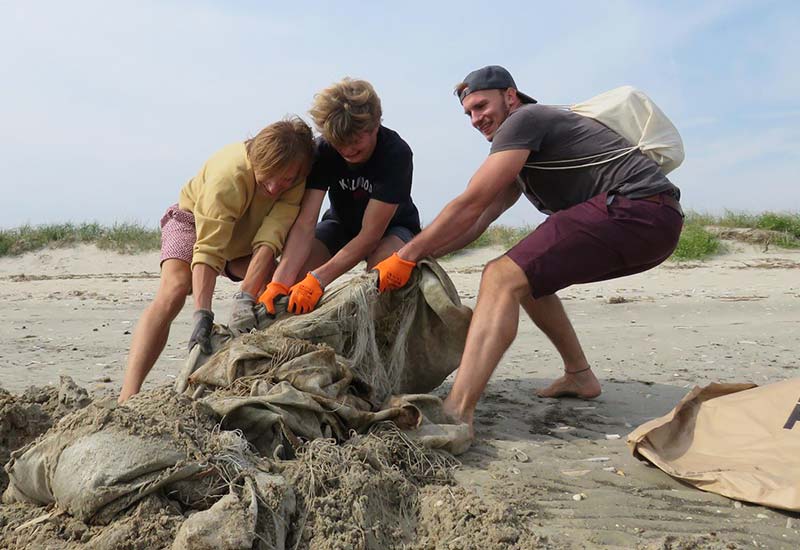
Change starts with yourself. Educate yourself about the plastic waste problem and how you can be part of the solution. Get active outside of your personal bubble to help solve the drive social change and reduce the risk of microplastics in our food. Share your knowledge and help others become aware of the dangerous bioaccumulation of pollutants.
I have also put together some ideas for you:
- Support NABU Germany: Together with the Nature and Biodiversity Conservation Union, you can help protect rivers, oceans, forests and endangered species. It doesn't matter whether you "lend a hand" yourself or become an ocean sponsor. Here you get further info's in support of NABU's.
- Use information from the BUND: The Bund für Umwelt und Naturschutz Deutschland e.V. also regularly publishes studies on the problem. Take a quick look at this guide on the subject of microplastics an. It summarizes dangers, actions and plans of the federal government and also shows again concretely what everyone can do personally.
- Start or support petitions: The only way to eradicate grievances is for people to speak out. By making a Create an online petition or support, you can accelerate political changes or even persuade manufacturers to abandon microplastics in their products. You can also App Replace Plastic helps to force a change in thinking among manufacturers.
- Organize CleanUps: Whether in cities, forests or on beaches - supported or organize regular cleanup events to eliminate plastic waste from the environment. It's fun, brings like-minded people together and makes a real difference. At the so-called Plogging this can even be combined with one or the other athletic training session.
- Reading books: With my Book "Plastic-free for beginners for example, you have a detailed guide to waste avoidance in everyday life at your fingertips. If you like, get it here*.
Plastic in the food chain - getting to the root of the problem
Plastic in the food chain is an invisible danger to humans and animals. The more plastic waste we produce, the more ends up sooner or later - as primary or secondary microplastics - in the sea and thus in the stomachs of marine animals and possibly also of us humans.
"Plastic will be the main ingredient of all our grandchildren's recipes."
Anthony T. Hincks (more at Zero Waste Quotes)
We are poisoning and ourselves. If we want to prevent this, we have no choice but to prevent the creation of plastic waste as far as possible and to take the plastic that has already been created and carelessly disposed of out of our environment.
Do you have any questions, tips or suggestions about plastic in the food chain? Then I look forward to your comment.
Stay clean,

PS: More waste-avoiding Zero Waste Tips can now be found in the linked article. Just try to integrate them little by little into your everyday life. Have fun with the implementation!
References:
₁ Environ. Sci. Technol. (2020): Quantitative Analysis of Selected Plastics in High-Commercial-Value Australian Seafood by Pyrolysis Gas Chromatography Mass Spectrometry, available at https://pubs.acs.org/doi/10.1021/acs.est.0c02337. [23.05.2023].
₂ University for Continuing Education Krems: Phthalates - Do plasticizers make you infertile?, available at https://medizin-transparent.at/phthalate-machen-weichmacher-unfruchtbar. [23.05.2023].
₃ DER SPIEGEL: Microplastik in Meeresfrüchten Frutti di Plastik (as of Aug. 12, 2020), available at https://www.spiegel.de/wissenschaft/mensch/mikroplastik-in-meerestieren-sardinen-sind-besonders-verseucht-a-73cbaf5f-324a-434c-b2f7-8809d452e05e. [23.05.2023].
₄ H. Koch: Hormone diseases caused by plasticizers (as of 19.03.2010), available at https://www.endokrinologie.net/pressemitteilungen-archiv/100319.php. [23.05.2023].

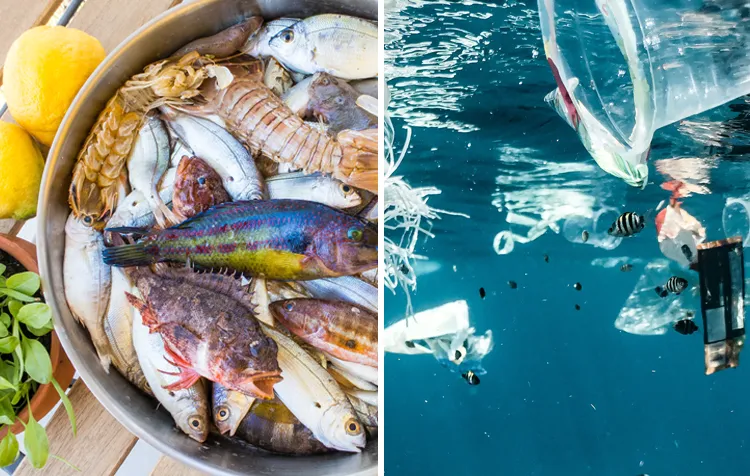
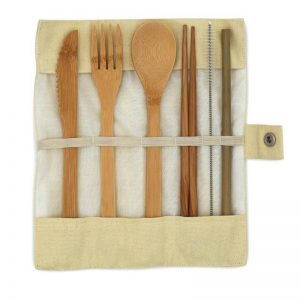
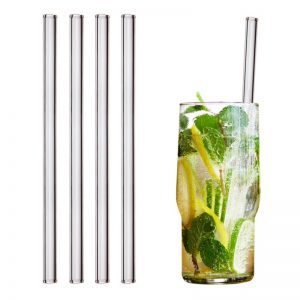
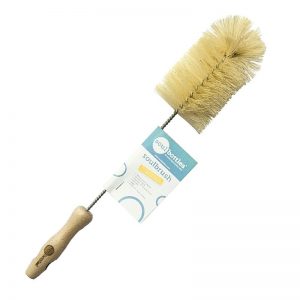
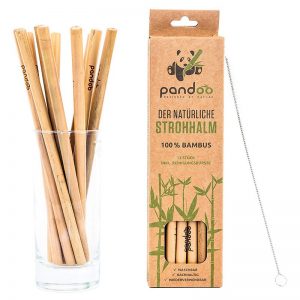
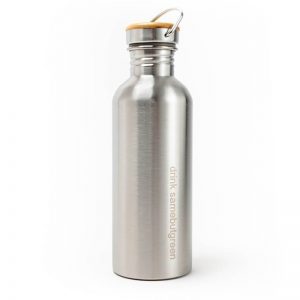
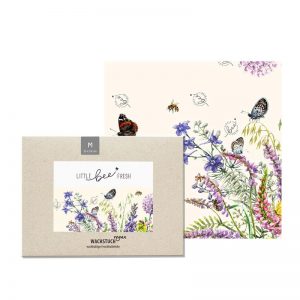
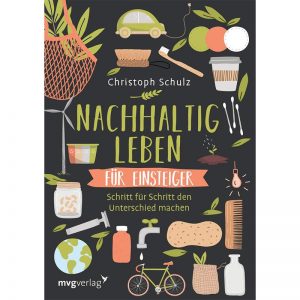
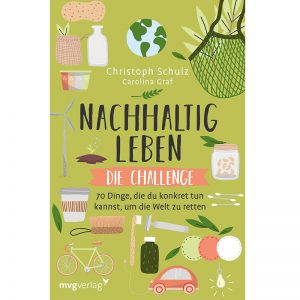
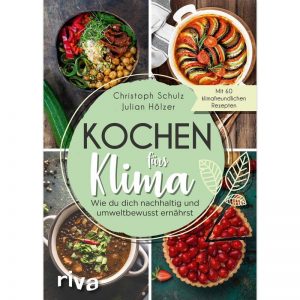
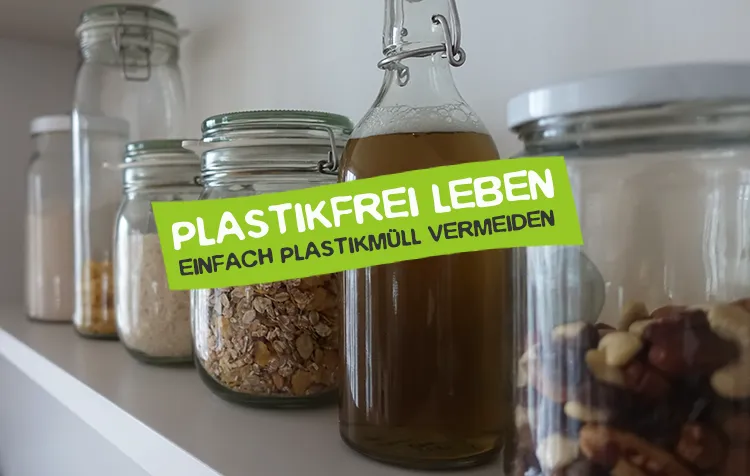
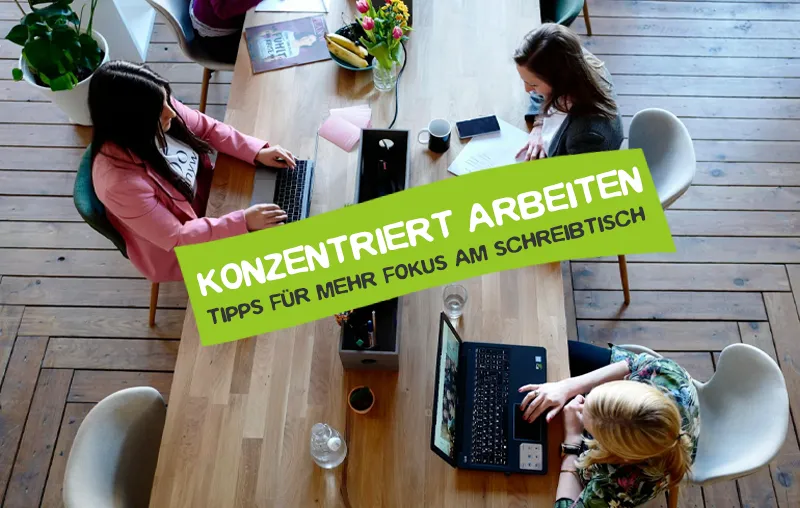
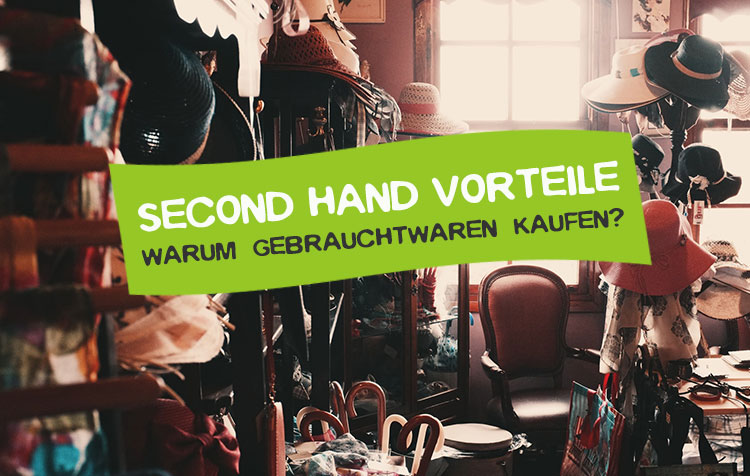
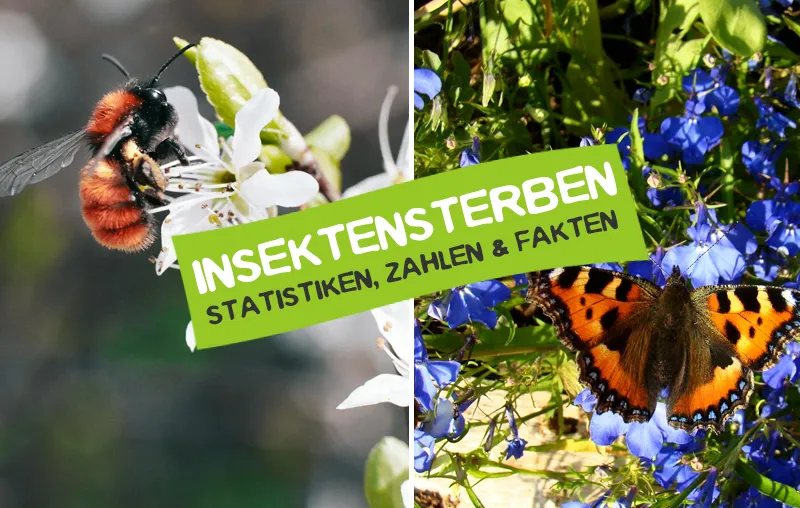
Great work Christoph! Keep it up!
Comments are closed.